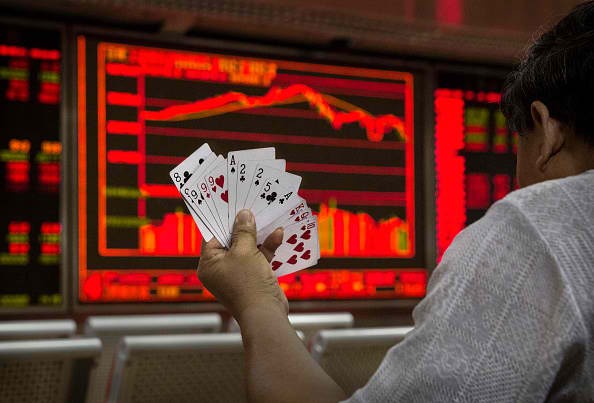China's current growth trajectory indicates that the Chinese economy is set for more stable times, despite experiencing an economic slowdown after years of rapid expansion. But to sustain that, the world's second-largest economy would now have to rely more on domestic demand.
Having grown by 6.7 percent last year on the backbone of heavy government spending, positive trends in housing, and bank loans, the Chinese economy has grown at its slowest in 26 years, Fortune reported. But fears of a continuous slide have faded, prompting the Chinese government to trim its economic targets.
The Chinese government lowered the country's economic growth target to 6.5 percent, as it looking to prevent a housing bubble, lower the pace of new credit, and cut public spending. An improving Chinese economy under that scenario would rely more on private investments and higher domestic consumption.
Nonetheless, plans to stabilize growth through a lower target would not undermine China's strength, considering that the country's growth rate remains high relative to other large economies. By perspective, China's GDP's increase last year equaled that of Indonesia's entire GDP and that of other G-20 countries.
But Li Wei, director of the Development Research Center of the State Council, emphasized that while China can breathe easy from a continuous slide in economic growth, it continues to confront "many difficulties to resolve" that may expose the Chinese economy to potential dangers.
Ning Jizhe, Vice Chairman of the National Development and Reform Commission (NDRC), provided estimations consistent with the data portraying China's stabilizing economy set for release soon, underlining growth in both fixed asset investments and domestic demand.
This February, China marked significantly higher in imports, marking a trade gap that the Chinese economy has not seen in three years. An increase in construction prompted the rise of imports to China, contributing remarkably to the economy early this year.



























